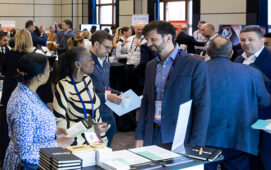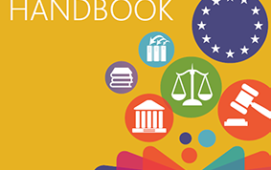More questions from the IntelligentTradingTechnology.com community e-mail bag, with some thoughts from me.
Q: Profits are down at HFT firms, and regulation of them looks to be on the increase. What does than mean for low-latency technology spend?
A: I am sure there will be an impact, but I also expect investment in low latency systems to continue to be high as trading firms look to enter new asset classes and geographies, and evolve their trading strategies in other ways. It will be swings and roundabouts for some time to come. But sure, there will always be downward pressure on IT spend.
Q: Redline Trading Solutions just stopped using Cell processors in favor of mainstream Intel chips. So is this the end of hardware acceleration?
A: Nope. But its a notable event. Of course, Redline was using fairly dated hardware acceleration technology, and Intel’s multi-core chips overtook it in terms of power and functionality. I doubt that’s the case for the latest FPGAs vs Intel chips, but some people reckon it is. The debate of architectures just got louder. Come to our Low-Latency Summit next month to be a part of it.
Q: With NYSE Technologies’ former head Stanley Young now at Bloomberg, some people think the exchange will sell the unit to the data vendor. What do you think?
A: I think some people are delusional. Could there be more cooperation, like symbology and perhaps APIs? Yes, I think that could happen. I suspect most in the marketplace would like it to happen.
Q: Is cloud technology really fast enough for low latency trading?
A: Correctly configured and deployed, virtualised infrastructure – the basis of multi-tenant clouds – can deliver impressive performance that can support low latency trading as some, perhaps many, would define it. It’s getting there, and there’s some work going on to benchmark virtualised stacks running trading apps. Hopefully the results will soon be publicly available – watch this space!
Q: I’ve heard of a company called Kove. What does it do?
A: It has a RAM-based disk appliance, so data storage and retrieval is very very fast. And I just wrote a white paper about it, that you can download here. And yes, that was a shameless plug.
More questions please, to pete@low-latency.com.
Subscribe to our newsletter




